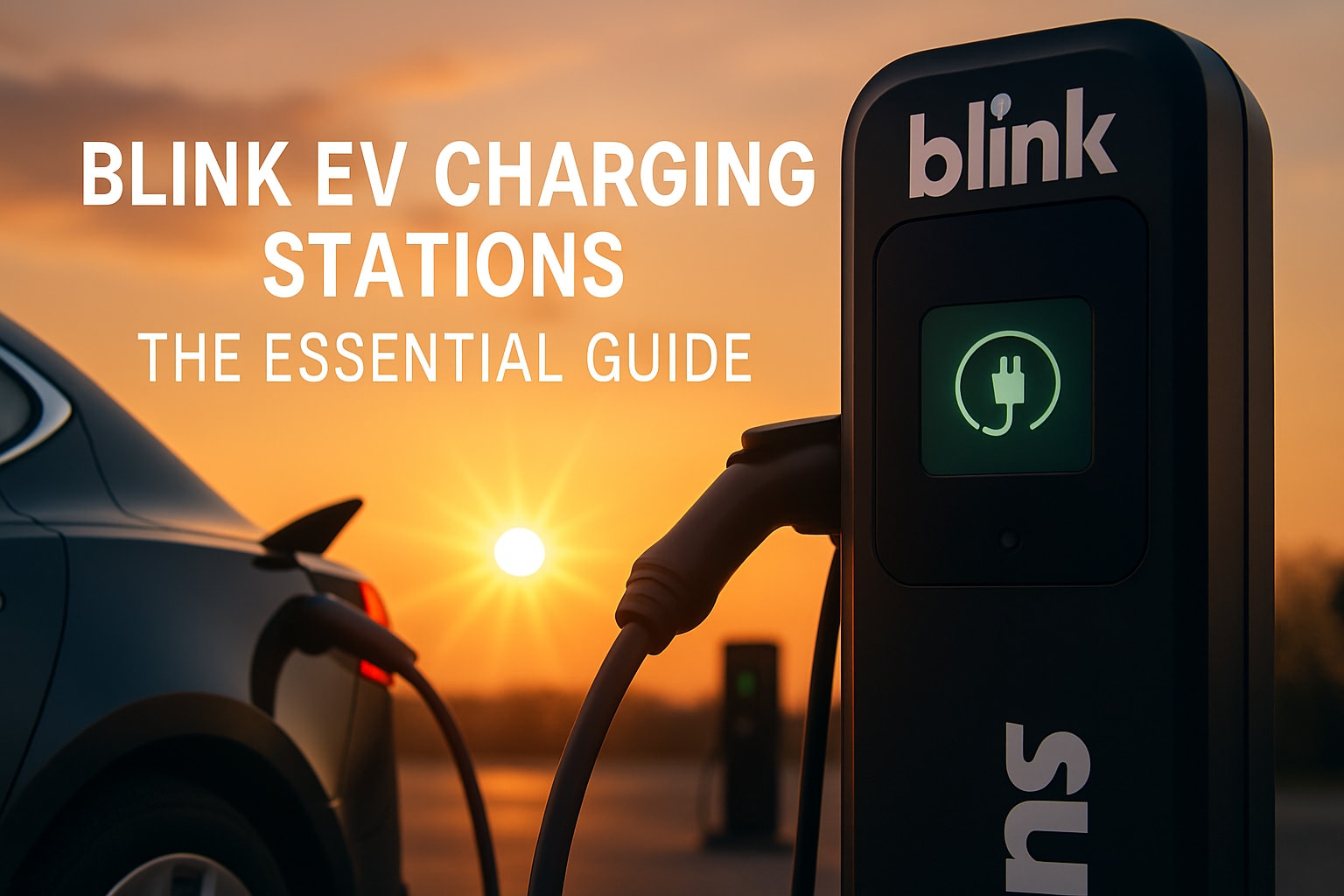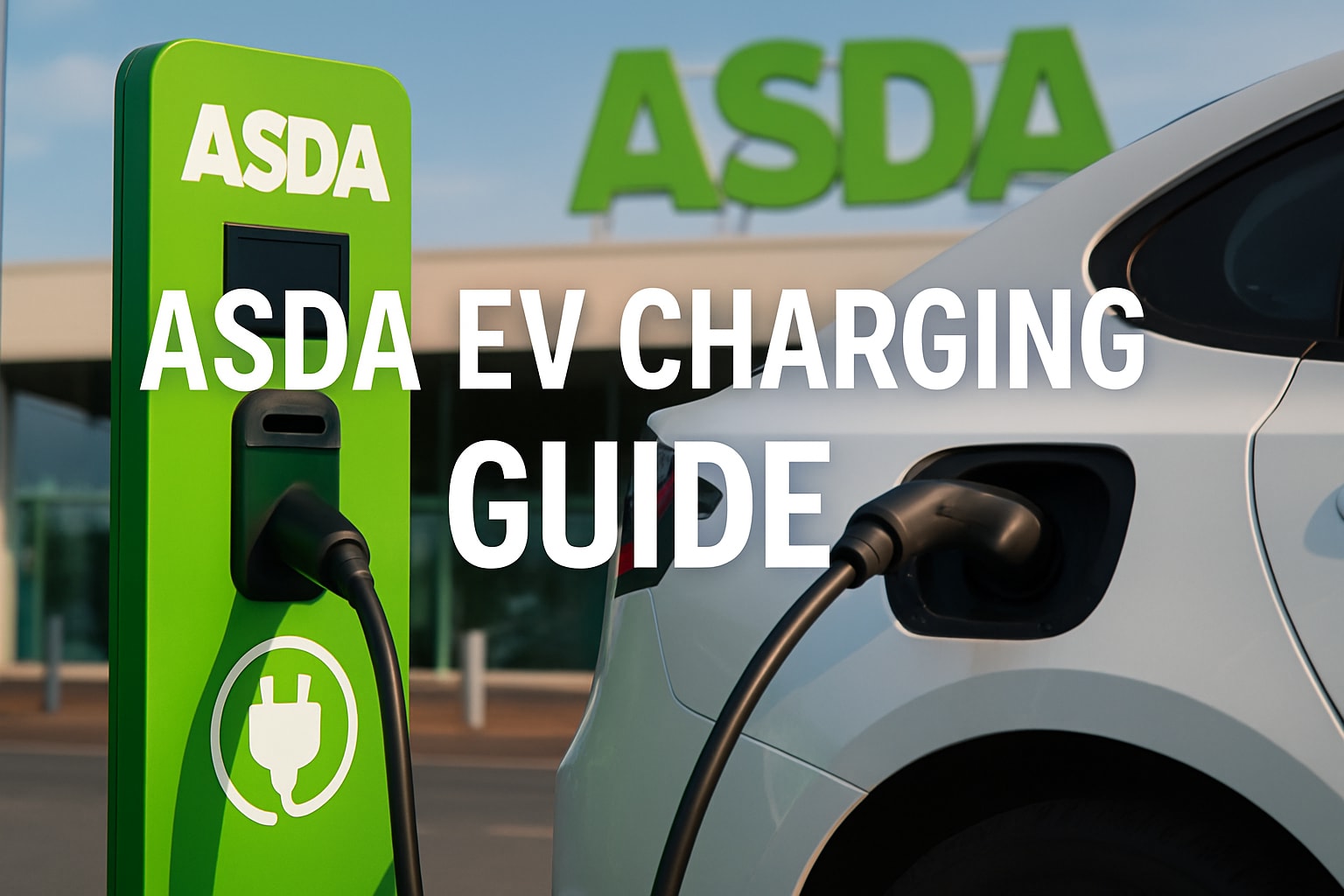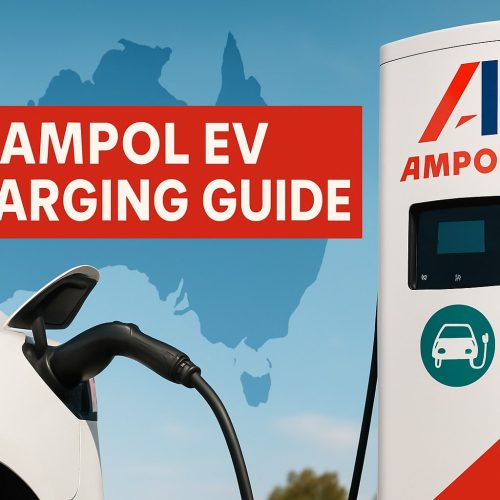Exploring the Safety and Regulatory Requirements for Electric Vehicle Charging Stations
As the world accelerates towards a future powered by electric vehicles (EVs), the safety and efficiency of EV charging stations have become pivotal. Every electrical device requires a sturdy safeguard against potential hazards, but for EV chargers, the stakes are even higher due to the high-power demands and outdoor exposure. This leads to a critical question: do EV chargers need GFCI (Ground Fault Circuit Interrupter) protection? The answer not only impacts the health of the EV ecosystem but also ensures the safety of the users and the integrity of the national grid.
Table of Contents
Introduction
The surge in electric vehicles has introduced an array of safety concerns ranging from battery storage to charging infrastructure. Among these, how we safeguard our charging stations from electrical faults is a significant issue. One crucial aspect of this protection is the incorporation of Ground Fault Circuit Interrupter (GFCI) devices, a key line of defense against the risk of electric shock and fire.
Understanding the necessity of GFCI protection is like recognizing the need for airbags in cars – a fundamental feature that protects lives. In this article, we’ll unwrap the layers of electric vehicle charging safety, demystify the technical aspects of GFCI protection, and journey through the regulations shaping their use.
Understanding GFCI Protection
At its core, GFCI is a fast-acting circuit breaker designed to trip electrical power when a ground fault is detected, typically within a fraction of a second. This invaluable piece of technology is engineered to protect people from electric shock, which is vital considering the potential for electrical mishaps during the charging of an EV.
GFCI devices monitor the balance of electrical current flowing through a circuit. If an imbalance occurs, indicative of a leakage current to the ground, GFCI cuts off the power supply. Unlike traditional circuit protection, which guards mainly against short circuits and overload, GFCI is specifically tuned to detect ground faults, offering a more focused form of protection.
When we talk about the role of GFCI in electrical safety, think of it as a vigilant guardian that prevents electrical hazards before they can cause harm. It is particularly important in environments where electrical devices are near water or the user, which makes it a natural companion for EV charging stations subjected to outdoor elements.
Regulations and Standards for EV Charging Stations
Globally, safety standards have evolved to incorporate GFCI protection for both residential and commercial EV chargers. In the United States, for instance, the National Electric Code (NEC) has provisions that specifically address the need for GFCI in EVSE (Electric Vehicle Supply Equipment).
However, meeting these requirements is more than just a compliance checklist—it’s about aligning with industry best practices to ensure user safety and equipment longevity. Case studies from various installations reinforce the importance of adhering to national and international standards, showcasing how compliance leads to enhanced customer trust and market leadership.

The Need for GFCI in EV Chargers
So, why exactly is GFCI protection paramount in EV chargers? Consider the typical scenario where an EV owner plugs their vehicle into a home charging unit. Unknown to them, there’s a ground fault## The Need for GFCI in EV Chargers
Why is GFCI protection considered so essential for EV chargers? Consider the following scenarios:
- An EV owner charges their vehicle at home, not realizing there is a ground fault due to damaged insulation.
- A driver uses a public charging station after a heavy rain, unaware of potential ground faults.
- Maintenance work on an EV charger introduces a fault that isn’t immediately detected.
Without GFCI protection in these cases, the risk of electric shock or fire increases significantly. Especially with EVs being charged in various environments, including residential garages, outdoor public spaces, and commercial fleets, GFCI protection acts as an indispensable shield against unforeseen electrical hazards.
The absence of GFCI can lead to dire consequences:
- Electrocution: An exposed wire or a fault in the charger can deliver a fatal shock if not promptly interrupted.
- Fire: Electrical faults potentially ignite flammable materials near EV chargers.
- Damage to Infrastructure: A ground fault might go undetected, causing gradual deterioration to the electric infrastructure.
Testimonies from industry professionals solidify the importance of GFCI protection. Electrical engineers, safety inspectors, and EV charger manufacturers agree that the negligible additional cost of incorporating GFCI protection justifies the immense benefits in terms of safety and damage prevention.
Implementation of GFCI in Residential and Commercial Settings
When installing EV chargers, it’s important to recognize the distinction between residential and commercial settings, as they present unique safety challenges and necessitate different levels of GFCI protection:
- Residential Applications: Typically level 1 or level 2 chargers; GFCI protection is mandatory and often integrated into the charger or the branch circuit.
- Commercial Applications: Includes level 2 and DC Fast Charge stations; more complex installations that require robust GFCI protection to handle higher power levels and usage frequency.
The requirements for GFCI implementation may vary, but here’s a common breakdown:
- Level 1 Chargers (AC, up to 2kW): Usually equipped with built-in GFCI, crucial for plugging into standard outlets.
- Level 2 Chargers (AC, over 2kW to 20kW): GFCI protection may be part of the unit or installed separately; site-specific evaluation is crucial.
- DC Fast Chargers (DC, over 20kW): Advanced GFCI protection is vital due to the high voltage and current involved.
Moreover, there are financial incentives such as OZEV grants that encourage the installation of GFCI-compliant EV chargers, making it financially feasible and attractive for both homeowners and businesses to prioritize safety.
Challenges and Solutions in GFCI Integration
Integrating GFCI protection in EV charging stations isn’t without its challenges. Technical obstacles include:
- Sensitivity adjustments to prevent nuisance tripping without compromising safety.
- Ensuring reliable operation in diverse environmental conditions.
- Maintaining GFCI components in high-power applications like DC Fast Charging.
However, industry innovators address these challenges with robust solutions and best practices, such as:
- Utilizing smart GFCI that adapt to specific installation conditions.Challenges and Solutions in GFCI Integration
Integrating GFCI protection in EV charging stations isn’t without its challenges. Technical obstacles can include:
- Sensitivity Tuning: This involves adjusting the device to prevent nuisance tripping, which can be frustrating and potentially deter EV use. Engineers must finely balance the GFCI’s sensitivity to ensure it only trips in genuine fault conditions.
- Environmental Robustness: Electric vehicle chargers are exposed to a wide range of environmental conditions. GFCI devices must be designed to be resilient against temperature extremes, moisture, dust, and other elements that could affect performance.
- High-Power Management: With DC Fast Charging systems operating at very high voltages and currents, the GFCI must reliably disconnect power swiftly to prevent harm, ensuring no compromise on safety standards.
To address these challenges, industry leaders and manufacturers have developed solutions:
- Advanced Calibration: Smart GFCI devices that adapt their sensitivity based on the specific conditions of the installation, learning to differentiate between normal charging fluctuations and true ground faults.
- Durable Design: Increased investment in research and development has led to GFCI units that are more durable and resistant to external factors, ensuring longevity and consistent operation even when deployed outdoors.
- Innovative Architecture: For high-power DC applications, sophisticated GFCI architectures are being deployed that can handle rapid disconnection without sparking or damaging the charger or the vehicle.
Businesses and charging station operators tackle GFCI integration by:
- Prioritizing the adoption of GFCI-protected EV chargers in their infrastructure development plans.
- Working closely with manufacturers to ensure that the devices they implement meet the required safety standards for their specific use case.
- Providing regular training for maintenance personnel on the workings and importance of GFCI devices to foster a culture of safety and awareness.
The Future of GFCI Technology in EV Charging
As we look to the future, GFCI technology is poised to evolve in tandem with the growth of the EV charging infrastructure. The aim is to integrate smarter, more efficient, and even self-diagnostic GFCI systems that can communicate with chargers and users to ensure maximum safety.
In the pipeline of innovation for GFCI technology, we might see developments such as:
- Self-Testing Features: Newer GFCI models could routinely check their operational status and automatically notify users or technicians of any issues, ensuring continuous protection.
- Integration with Smart Grids: Advanced GFCIs could interact with smart grid systems to optimize charging safety protocols, contributing to grid stability and efficiency.
- Enhanced User Interfaces: Future GFCI devices might offer clearer user interfaces that not only provide status updates but also guide users through troubleshooting steps in case of a fault.
The ongoing collaboration between manufacturers, technology developers, and industry stakeholders is key. Partnerships are being forged to innovate and implement GFCI technologies that are tailored for the unique demands of EV charging, ultimately enhancing the safety and user experience.
Conclusion
In wrapping up, it’s clear that GFCI protection plays a non-negotiable role in the safe operation of EV charging stations. As our transportation ecosystem shifts towards electric mobility, so
Key Takeaways: The Imperative of GFCI Protection in EV Charging
Understanding the role of Ground Fault Circuit Interrupter (GFCI) protection in the context of EV charging necessitates an exploration of its function, the regulatory landscape, and the particulars of its implementation. This article discussed why GFCI is essential and how it shapes the future of EV infrastructure. Here are the key points to remember:
| Aspect | Details |
|---|---|
| GFCI Function | GFCI devices protect against electric shocks by cutting off power when a ground fault is detected. |
| Electrical Safety | GFCI protection is crucial in environments where electrical devices are near water, making it vital for EV chargers. |
| NEC Requirements | The U.S. National Electric Code mandates GFCI protection across various charging station installations. |
| Scenarios for Protection | GFCI is necessary for safety across different environments where EVs are charged: homes, public areas, and fleets. |
| Consequences of No GFCI | Risks include electrocution, fires, and infrastructure damage without GFCI. |
| Residential vs. Commercial | Residential chargers often have integrated GFCI, while commercial chargers need robust GFCI protection. |
| Technical Challenges | EV charging stations face GFCI integration issues such as sensitivity tuning and high-power management. |
| Innovative Solutions | Technological advancements in GFCI include self-testing features and resilient designs suitable for outdoor conditions. |
| EV Charging’s Future | Anticipated GFCI developments may enhance safety protocols and user interfaces integrated with smart grids. |
The significance of GFCI technology in safeguarding EV charging stations cannot be overstated. With the right implementation and continual advancements, GFCI protection will remain a cornerstone of EV charger safety, ensuring that as the world shifts towards sustainable transportation, it does so securely.








